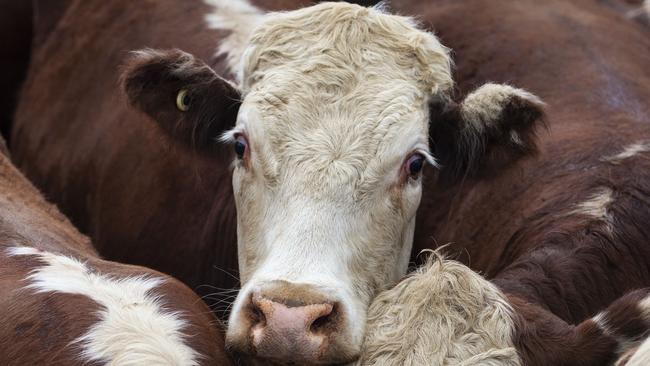Why Victorian farm profits rose in 2020
Victorian farms recorded a rise in on-farm profits last year. Here’s what drove the profitability of surveyed properties.

VICTORIAN farm profits rose last financial year, despite the challenges of drought recovery and the coronavirus outbreak.
The Agriculture Victoria 2019-20 Livestock Farmer Monitor report, which surveyed 94 sheep, beef and cropping farms across southwest Victoria, Gippsland and northern Victoria, showed strong commodity prices coupled with increased feed availability.
According to data collected by the project, surveyed farmers in the state’s southwest recorded higher profits in 2019-20, compared with those in Gippsland and northern Victoria.
But average variable costs fell for farmers surveyed in Gippsland and southwest Victoria, with lower hay and grain costs and less reliance on supplementary feed.
Agriculture Victoria farm business economist Sam Henty said strong livestock prices, plus an increase in the amount of feed on hand, boosted farm incomes last financial year.
“Overall, average farm profits saw an increase in each region in 2019–20 after two consecutive years of decreased profits,” Mr Henty said.
The results of the annual survey provide a valuable sample of farm-level data for industry and government.
Mr Henty said surveyed farmers in southwest Victoria recorded higher profits than those surveyed in Gippsland and northern Victoria.
“In northern Victoria, average variable costs increased as surveyed farms were forced to purchase feed to supplement reduced pasture growth from below-average spring rainfall,” Mr Henty.
Rural Bank regional manager agribusiness for Southern Victorian Josie Zilm said the report showed the impact of the favourable weather conditions.
“I felt like it told a tale of two seasons. The backhand of the 2019 calendar year was devastating drought,” Ms Zilm said. “Then we really saw the end of the El Nino and now the La Nina. The two halves of 2020 were vastly different.”
Ms Zilm, who runs an Angus grass-fed operation in East Gippsland, said the change in the season in the first half of 2020 boosted the confidence of producers after years of drought, and this had an immediate effect on commodity prices.
“We had some weaners and yearlings and because the prices started to kick, we thought we’d take advantage of this, and liquidated some of our stock,” Ms Zilm said. “The other thing is 2020 coincided with COVID-19 as well.
“With wool prices, there was quite a bit of volatility in pricing in this report, even with livestock prices and the access to saleyards.”
MORE



